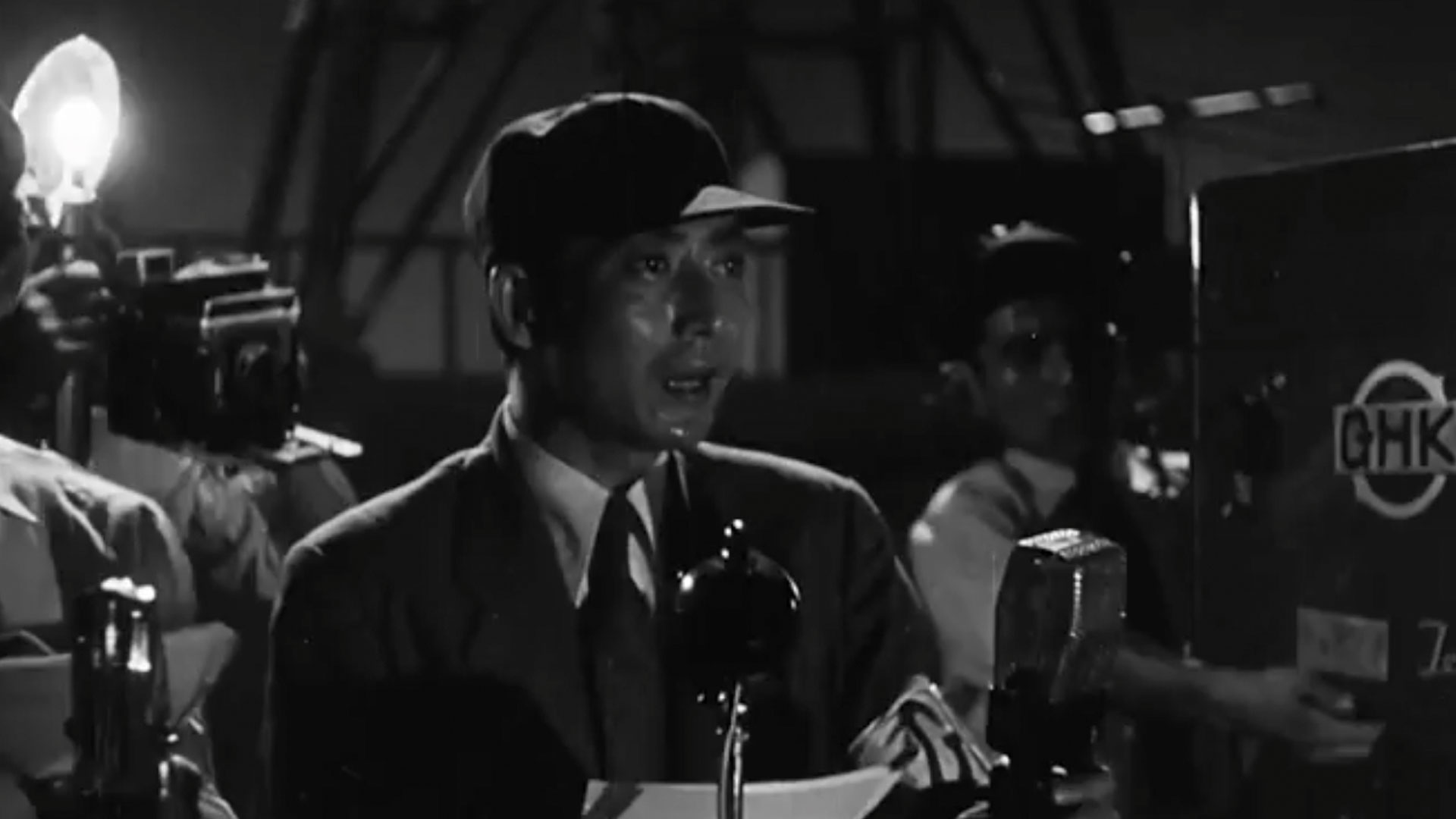3.9.16
Godzilla has appeared in 30 films. He has a legion of devoted fans with varied opinions and feelings about each film. To most moviegoers Godzilla is an infamous pop-culture icon known for fighting King Kong and destroying San Francisco in his latest American incarnation, Godzilla (2014). Here are five things to remember when watching Godzilla whether you are new to Japanese tokusatsu films or you have been watching Godzilla stomp Tokyo since the 1950s.
1. Put Godzilla in context.
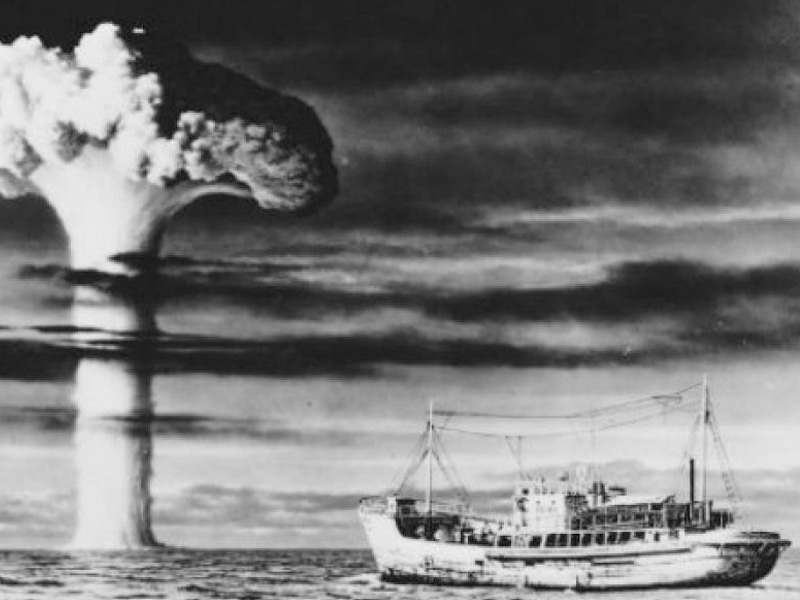
Watch Godzilla in the broad context of the history of the world and cinema. Appreciate the genius and contribution of the Japanese film and television genre called tokusatsu that was born out of the atomic bombs dropped on Hiroshima and Nagasaki and out of post-war Japan. Godzilla was the idea of Tomoyuki Tanaka of Toho Co., Ltd. After learning that the crew of the Lucky Dragon No. 5 were exposed to the radioactive fallout of the Bikini Atoll H-bomb tests in 1954, Gojira was born and a new movie genre that would shake the world forever. Gojira was given to his daikaiju (gigantic monster). The name was the combination of the Japanese words for whale and gorilla (kushira, クジラ and gorira, ゴリラ form gojira, ゴジラ). This was the name given to the dinosaur exposed to a nuclear bomb. Gojira was the embodiment of the bomb and its terror unleashed upon innocent victims. Godzilla, as we know him in the West, is the victim who comes back to life for revenge and indiscriminate killing like that of his victimizers. Godzilla and his historical context would spawn a new genre of film, known as tokusatsu. Tokusatsu was the use of special effects techniques for portraying science-fiction monsters (kaiju) and heroes in film and television. Myriads followed in Godzilla’s footsteps. Compare and contrast Godzilla to Ultraman, Giant Robot, Magma Taishi, Gamera, Kaimen Rider, The Power Rangers and others. But also see how Godzilla was the start of them all. Each has its own tragic story and represents victims and victimization. Whether villains or friends, each kaiju has redeemable qualities because behind each is a human story of suffering. Although these films and tv shows are humorous at times, there is a deeper truth that’s right below the surface. Godzilla and his countless successors still thrive today on television and in the theater. Godzilla’s influence is far and wide crossing boundaries of time, geography, nationality, gender, and age. Understood in his context, Godzilla looms large in the history of film and the world. Don’t miss the big picture.
2. Start from the beginning.
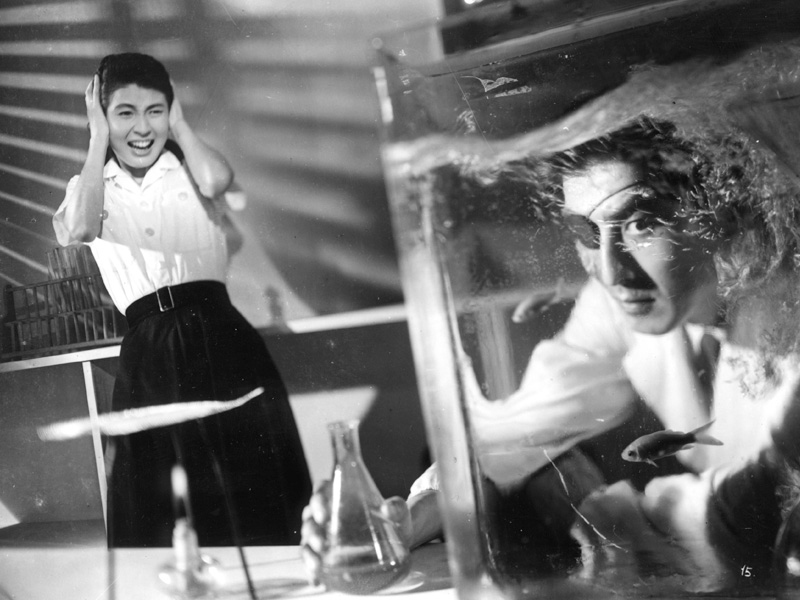
Godzilla is a cultural artifact worthy of an archaeological dig. Each film is a time capsule that when opened reveals just as much about Japan, its people, past, and its relationship with the world than it does about Godzilla. Godzilla is a metaphor and symbol for many things. None greater than the atomic bomb. Start with Gojira (1954) and you will more deeply appreciate the evolution of the greatest monster that graced the silver screen. Gojira will make you cry and grapple with the gut-wrenching decision of Dr Serizawa to use his Oxygen Destroyer. The parallels and paradoxes with WWII and the context of the use of the atomic bomb are readily evident. Watch the original Japanese film with subtitles and you will see Godzilla’s innocent victims laid bare. It is uncomfortable leaving no shelter for retreat from the truth about the consequences of human violence. Godzilla, King of Monsters, as it was titled in its US release in 1956 spawned 28 more films over the next sixty years with more to come. Over time the truth of Godzilla is covered with mythology that transforms Godzilla into a hero. Godzilla films fall into three periods or eras: the Showa Era (1954-1975), the Hesiei Era (1984-1995), and the Millennium Era (1999-2004). With the release of Shin-Godzilla on July 26, 2016, the next era will begin. Each period births a new incarnation of Godzilla with its own unique character and connections to the shodai (original) Godzilla. Each is marked by forgettable films in which Godzilla seemed to lose his way only to be brought back to his roots in the following decade. These are equally worth seeing for the significance that only a trained eye can see. Each era has a zenith that fans point to as exemplary of the genre. The 1960s is considered Toho’s golden age. It would bring about the clash of the titans from the east and west in King Kong vs Godzilla and see an explosion in new kaiju—Mothra, Rodan, King Ghidrah, Ebira, Gabara, Hedorah, Gigan, Megalon, MechaGodzilla, and more. For many fans the Heisei films are the best of all. It brought back Godzilla in a fierce new way to be opposed by familiar, revamped, and new foes. Mothra, Rodan, King Ghidrah, and MechaGodzilla would leave their marks on Godzilla again. Mothra and MechaGodzilla have made the most appearances with six and five, respectively. Mothra has the distinction of defeating Godzilla on more than one occasion. As you move through the Godzilla filmography you will see his evolution. Most notable is the change in his outward appearance changing with the temperature and tenor of the times. Second and most important is his change in character and disposition toward humans moving from dreaded enemy to protector and ally of the earth. Even more importantly you will witness the growth and development of the small island nation of Japan from its postwar outlook in Gojira (1954) to economic power in Godzilla vs King Ghidorah (1991). Godzilla embodies his times and the people who created him. Godzilla’s rise, fall, and return says just as much about Japan than its famous monster.
3. Do not assume Godzilla is just for kids.
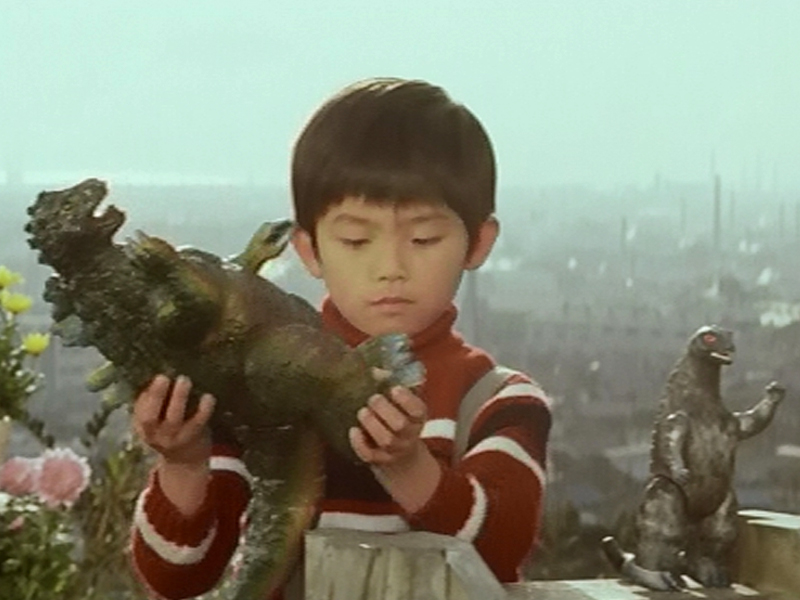
Some Godzilla movies address important issues facing children, such as bullying. But Godzilla is also full of adult themes and it is more than fighting monsters. Nuclear weapons, corporate greed, exploitation, slavery, are just some of the themes. Don’t let the fighting monsters obscure us from human violence. When we are possessed with violence we become uncontrollable and out-of-control humans appearing like monsters. Watch Godzilla with a third eye and you might be surprised by its themes. Don’t miss the message. Some indulge in humor and insults. Others compare Godzilla to Hollywood movies created with CGI and multi-million dollar budgets. As George Lucas once said a long time ago (in the language of Yoda), “Special effects a movie does not make.” Comparing Godzilla to traditional Japanese kabuki theater is more revealing. The miniature sets with their cities, streets, mountains, and skies create a theater and stage fit for pulleys, string, puppets, and actors. Like Japanese theater, the stage is set for serious topics. Several films were explicitly intentional about reaching mature audiences. The Terror of MechaGodzilla (1975) was intentionally darker and had a brief moment of nudity. Don’t ignore these themes and don’t let what appears to be low budget production, stock footage, and sometimes poor execution keep you away. In the past, Godzilla films were reduced to children’s movies, subjected to poor dubbing, and made the butt of many jokes. Watching film is a discipline of the trained viewer who knows what to look for and how to interpret it. How we react to Godzilla may be a litmus test of our film acumen. With that said, adults as well as children will learn from Godzilla.
4. There is a secret—Godzilla is a man in the suit.
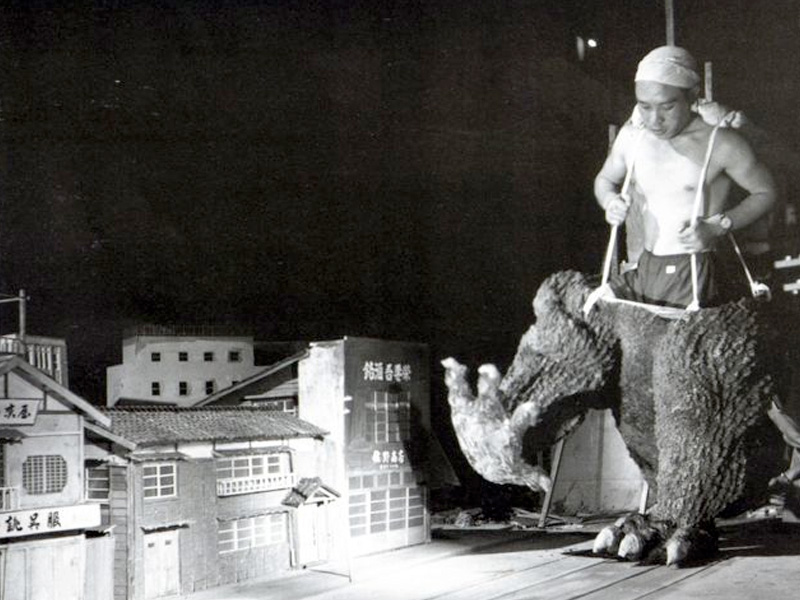
There’s more than meets the eye. I have fond memories hearing Wee Willie Weber, a local children’s after-school Philadelphia television host, referring to monsters zipping up their zippers and getting back into action. This is the genius and secret of Japanese tokusatsu. Unlike CGI, Godzilla and other kaiju relied on suit actors to bring them to life. Godzilla is the product of the physical acting of Haruo Nakajima, Kenpachiro Satsuma, and Tsutomu Kitagawa, the three who donned the Godzilla suits for sixty years. Their personalities and idiosyncrasies bleed through Godzilla in his every action, motion, gesture, and facial expression. Don’t miss the men for the monsters they make. They should be understood as representatives of the Japanese victims of nuclear holocaust and all victims of human violence. They are men turned monsters who are misunderstood, maligned, and bombed. With the resurgence of Godzilla in the soon to be released Shin Godzilla, Godzilla is expected to stir audiences with references to 3/11, the Japan earthquake, tsunami, and nuclear disaster at Fukushima. We must always be reminded that Godzilla is just that, a man or woman in a monster suit. Monsters are men consumed by violence. Godzilla holds many secrets for those who are willing to unzip the monster.
5. Enjoy the details.

Finally, Godzilla like many films is made possible by the work of many whose names scroll up the movie screen but few moviegoers read. But unique to Godzilla and tokusatsu are the groundbreaking effects produced by many craftsmen, artisans, and artists. Their work is undervalued but without it Godzilla would not come to life on the big screen nor have survived for so many years. Their work is on screen for seconds but requires months of hard work with meticulous attention to detail. The individual shingles blown from Tokyo rooftops by the wind of Rodan’s flapping wings are easily taken for granted. But someone had to place each and every one. The buildings, planes, props, stage, suits, and scripts are the work of unsung and unseen artists and help. Tokusatsu is the marriage of kabuki theater and the world of miniature art. The gods descend and the cities of Japan are their playground and battleground. Sound is equally as important as sight. Godzilla is nothing without his voice and distinct growl, “Skreeonk!!” The unmistakable work of Akira Ifukube marked Godzilla with the unforgettable soundtracks. There’s no bigger hand on Godzilla than that of Eiji Tsuburaya, the father of Godzilla and Ultraman. He is the special effects genius behind the definitive Godzilla films of the Showa era. Under the direction of the famous director, Ishiro Honda, the Godzilla we’ve come to love took to the big screen. In the near future, Godzilla will be reborn again seen through the creative lens of Hideaki Anno Shinji Higuchi who will both co-direct the film. Shinji-san is known for his mix of traditional tokusatsu, CGI, and suit actors to create his kaiju as seen in the recent Attack On Titan. Fans are anxiously looking forward to the last Incarnation of Godzilla. There has been intense scrutiny over leaked production photos of Shin-Godzilla. But we should remember these things when watching Godzilla. Don’t miss the details both on screen and behind each scene.
